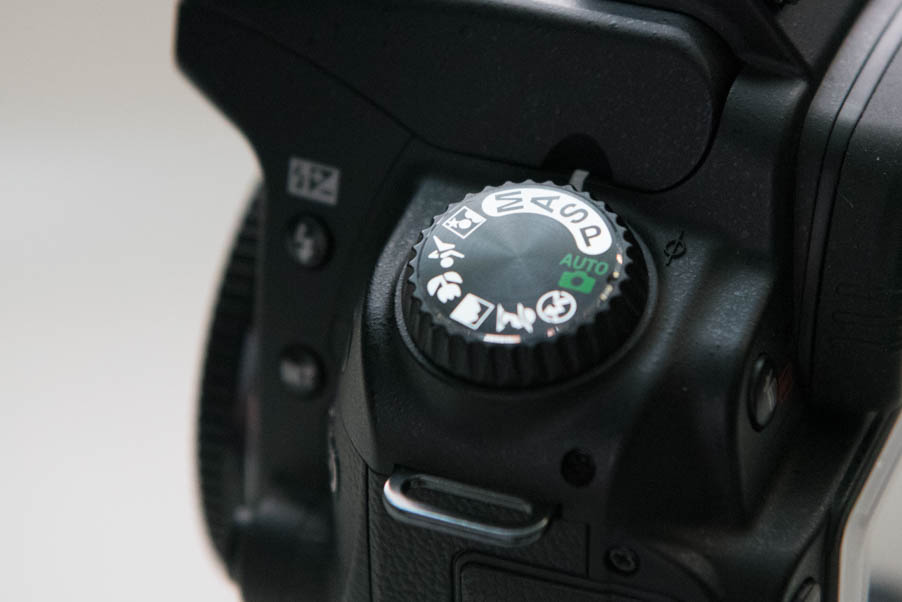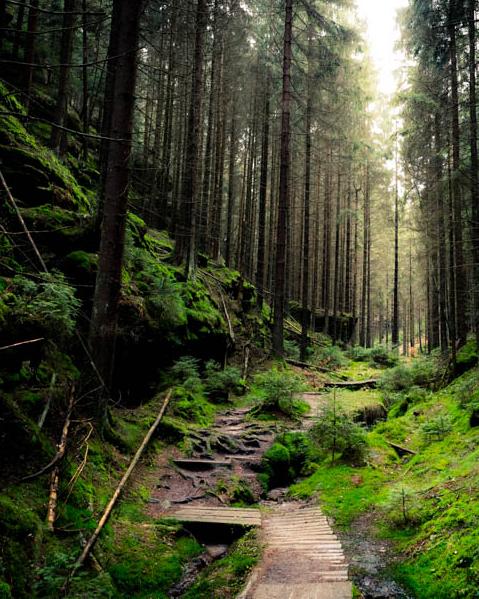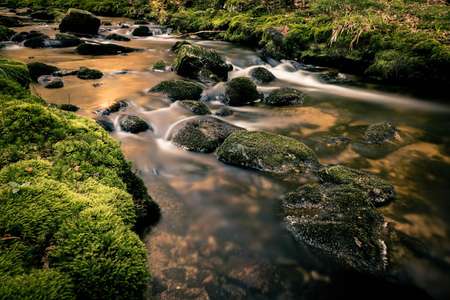29.10.2017
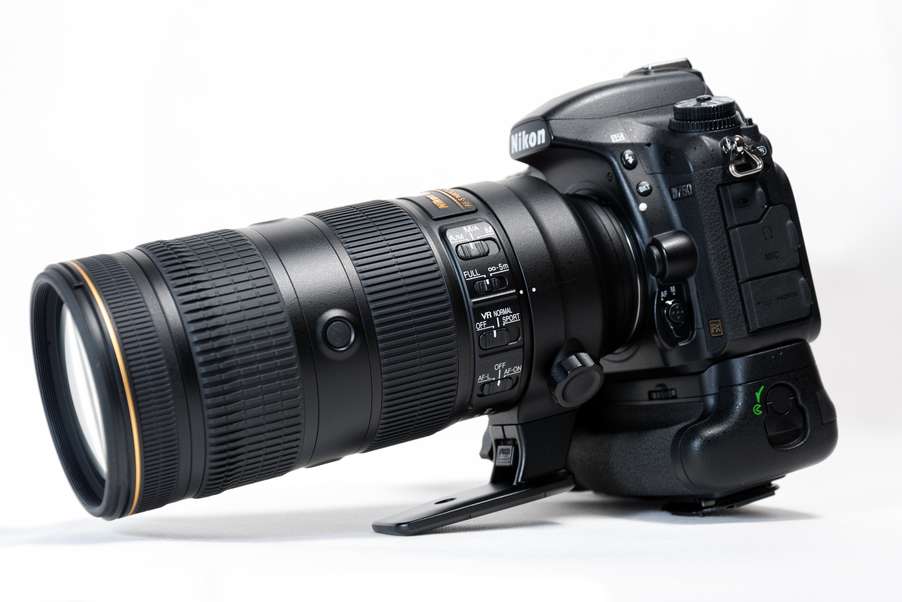
Nikon AF-S Nikkor 70-200 mm f-2.8E FL ED VR
Nikon's latest zoom lens upgrade. The new 70-200, what it offers, how it performs and how it handles. Does the high price justify the delivered performance? All that can you read in my review. With many different example pictures out of the cam, with no edititing.
 No comments
No comments14.10.2017
![]()
How to remove Hot Pixels in Photoshop
Annoyed of strange colorful pixels in your long exposure? Read my article how to remove this stuff in Adobe Photoshop. A quick and easy method to remove hot pixels.
30.09.2017
Long Exposure Guide
All you need to know for long exposures, inclusive long exposure chart with common exposure times.
16.09.2017

The photography basics are complete with the ISO explanation. Looking forward to release new tutorials and other guides. Leave a comment for suggestions and ideas.
The ISO and concluding remarks
The last setting to get a proper exposure is the ISO. This acronym stands for International Organization for Standardization. In photography when we say ISO we talk about - to be very correct – the ISO 5800 (“Photography – Determination of ISO speed of colour negative films for still photography”). This standard describes the light sensitivity of film. In the digital format would be “exposure index” the correct definition, but to make it easy for the user and to build a connection to film cameras the manufacturers use also ISO as term. The exposure index is equivalent to the ISO, but enough with theoretical part.
Which affect has ISO on my exposure?
The ISO behavior is very specific to the camera. It ain’t hard to tell: the more modern the camera is, the better the noise performance. And a full frame camera will always better perform in this discipline than a APS-C (DX at Nikon) camera. But to go on detail.
The ISO setting controls the sensitivity of the sensor. If you want to use a certain aperture and a certain exposure time you have to increase the ISO setting, in weak light conditions. If you increase your ISO you will take the risk of noise in the final image. This noise will show as colorful pixels. In worst case you will get an unusable picture because brightness- and color-deviation getting bigger and bigger. This also causes a loss of sharpness. But as always it is a question of the situation. You want to take to freeze a bird in the air during the flight? You will need a short exposure time and high ISO for this task, if you don’t have a fast lens. Usually u will take this kind of photo in daylight with a lot of available light. You can bump up the ISO really high, to reach a short exposure time, because there is enough light and the result will not show this kind of noise like a, for example, architecture shot in the dark with same high ISO.

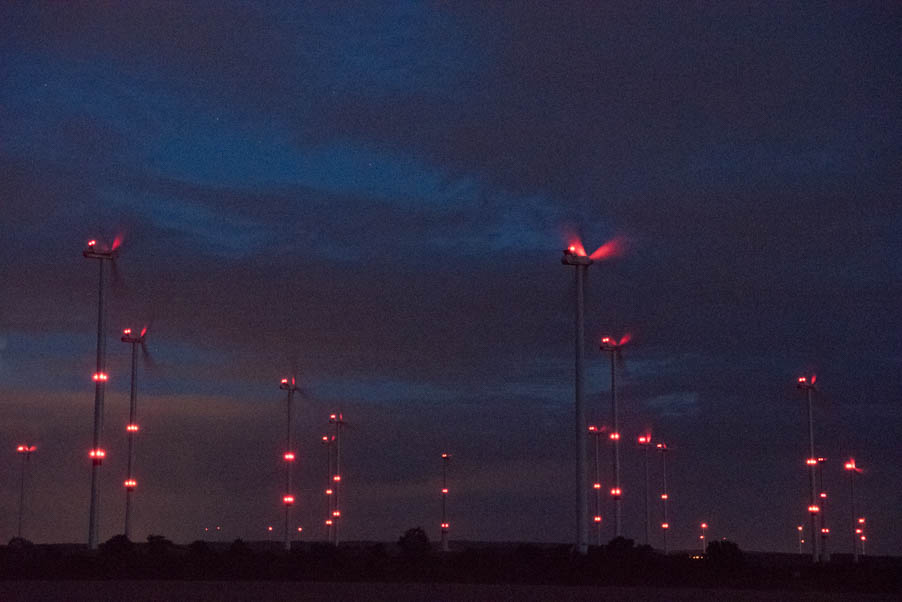
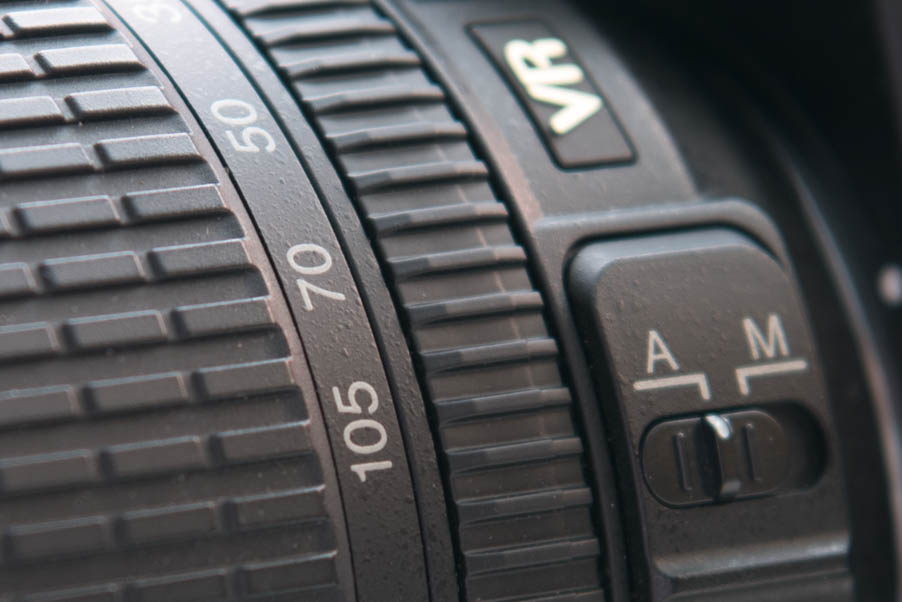
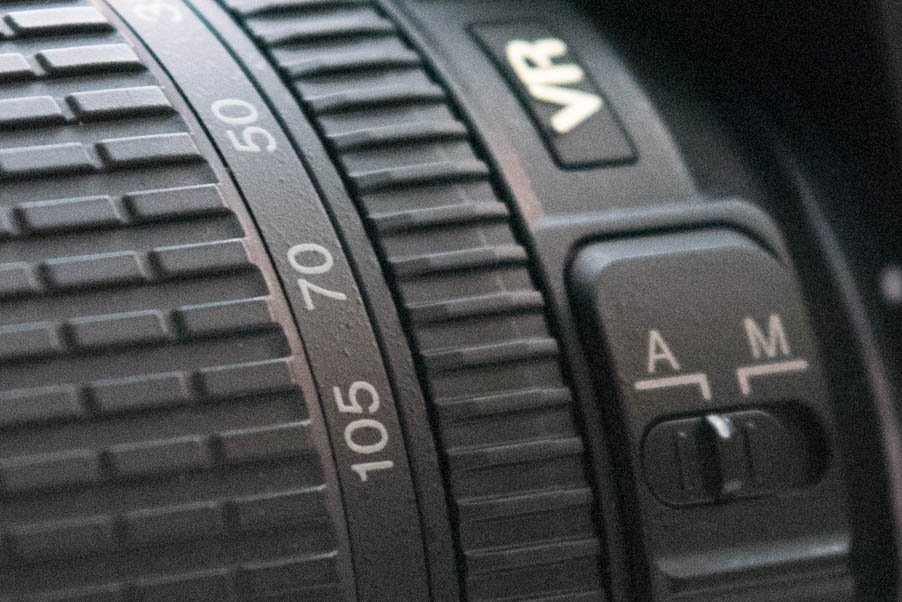
As you can see a much higher ISO setting allows you to "see in the dark" but with a very visible quality-loss. If the light condition is good enough you can use a high ISO to have a fast shutter speed and still an usable image.
Concluding remarks
When you have read this so far you can get out of automatic mode of your camera. Exposure time, aperture and ISO are the three elements which should be always in mind when you take a photo. None of them can be isolated, they are connected.
If you are unsure what fit’s in the current situation but you want to use a certain one of these three, then the camera offers semi-automatic modes like aperture automatic and shutter automatic. In the aperture automatic mode you can set the wished shutter speed. The camera calculates the aperture. And in shutter or time automatic mode you choose the wanted aperture and the shutter is set by the camera.
But as already mentioned the aperture is maybe the creative crucial element of the three. If you need a certain aperture be sure to follow this rule: The exposure time should not fall under the amount of the focal length when you shoot free hand, for a shake free-image.
I personal take the most photos in shutter automatic mode because the exposure metering in modern cameras nowadays is doing an excellent job. What I’m also looking for is the right ISO, especially when I take moving objects. When I’m photographing landscape I’m using the most time a tripod, so I can use the lowermost ISO setting. Go and try the semi-automatic modes of your camera and use different ISO settings to reach your personal pain threshold of noise performance.
